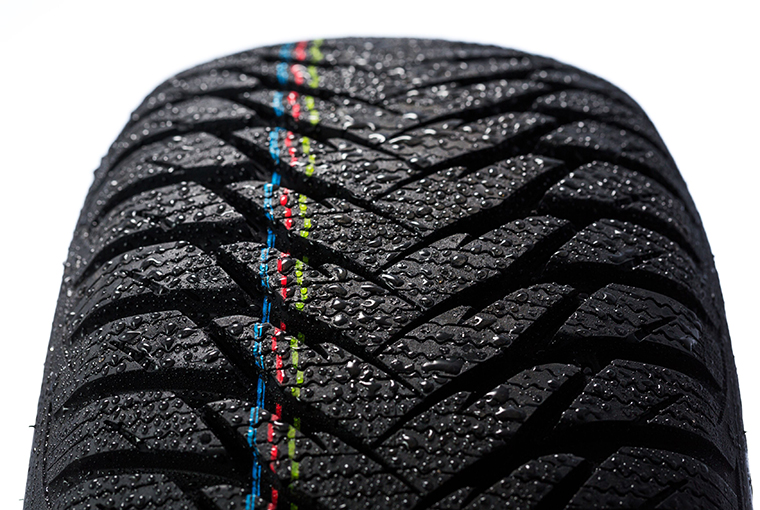
Environmental scientist Cassandra Johannessen was originally looking for compounds in tires that had leached into aquatic environments as part of her master’s thesis at Trent University.
In that research she focused on hexamethoxymethyl-melamine (HMMM), which is potentially toxic to fish. She chose to search for it in Toronto’s Don River and Highland Creek in 2019 and 2020 because those waterways were near highways, and she believed run-off from roadways likely played a major role in their pollution.
Shortly before her research was complete, however, toxicologists in the US solved the mystery of what was responsible for the coho salmon die-offs in Seattle that had been ongoing for 20 years. They found 6PPD-quinone was responsible. That substance is formed when its parent compound 6PPD, which is an anti-oxonate used to prolong tire life, reacts with ozone.
“After learning this, we decided to re-analyze the samples that we had to see if 6PPD-quinone was also present in these rivers,” she said.
Higher concentrations
Johannessen and her team, including her supervisor Dr. Chris Metcalfe, were able to detect 6PPD-quinone in concentrations far higher than was found in those Seattle creeks. They also discovered that the compound remained at elevated levels in the water much longer than expected.
Though coho visit the Don River, Johannessen said no die-offs have been reported yet. She noted the compound could have less obvious or long-term adverse effects on other parts of the ecosystem, however.
When asked about the next steps, she said, “We have just figured out that this compound is present in the environment and is highly toxic. We still have a lot to learn about it and other pollutants from car tires.”
She has been in discussion with the government of California regarding the adverse effects of 6PPD-quinone. Johannessen also noted that the tire manufacturing industry has been approached and asked to find alternatives. She is also currently researching the level of 6PPD-quinone in Lake Ontario.
“This is just the start,” she said.
Larger conversation needed
In the meantime, she noted that practices as simple as diverting road run-off from waterbodies could mitigate the problem until better solutions are found.
“This is a much bigger conversation about any and all harmful pollutants including substances of emerging concern like microplastics, and now 6PPD-quinone. Underlying stressors are often going undetected or ignored but can cause significant harm to fisheries. Moreover, when stressors are aggregated across the landscape the ecological threat is magnified. The federal government now has the legislative responsibility to consider cumulative effects on our fisheries, so it’s time to put the government to task and have better strategies to ensure the sustainability and ongoing productivity of our fisheries,” said OFAH Fisheries Biologist Adam Weir.


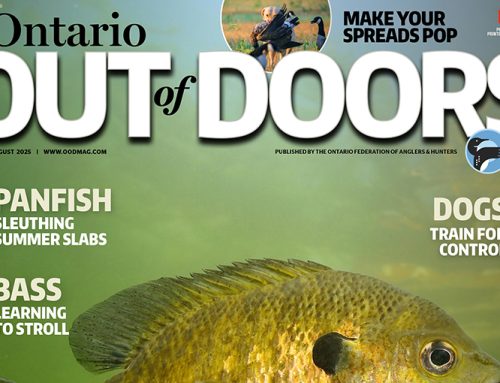
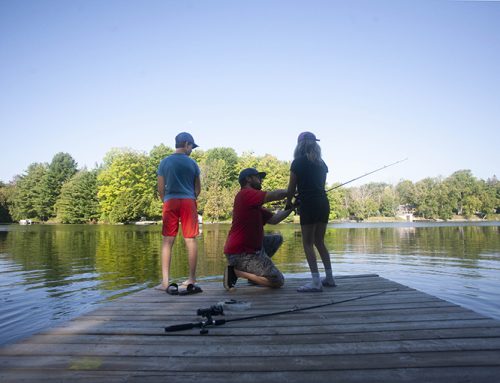
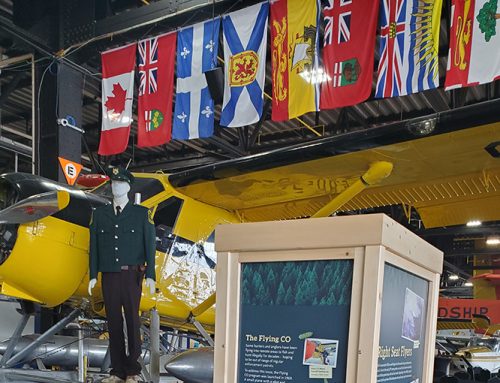
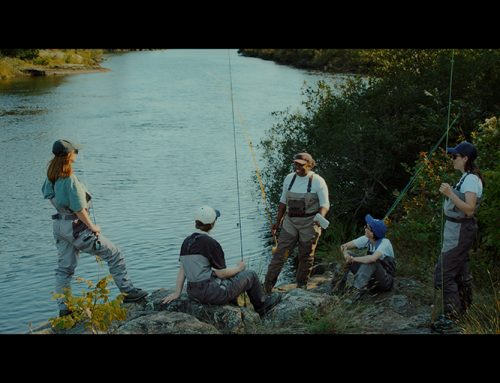
This is very concerning along with the usage of salt on our roads. There are streams in southern Ontario are as saline rich as the ocean! Salt should be band and people drive according to the road conditions. Western canada does it why cant we!!